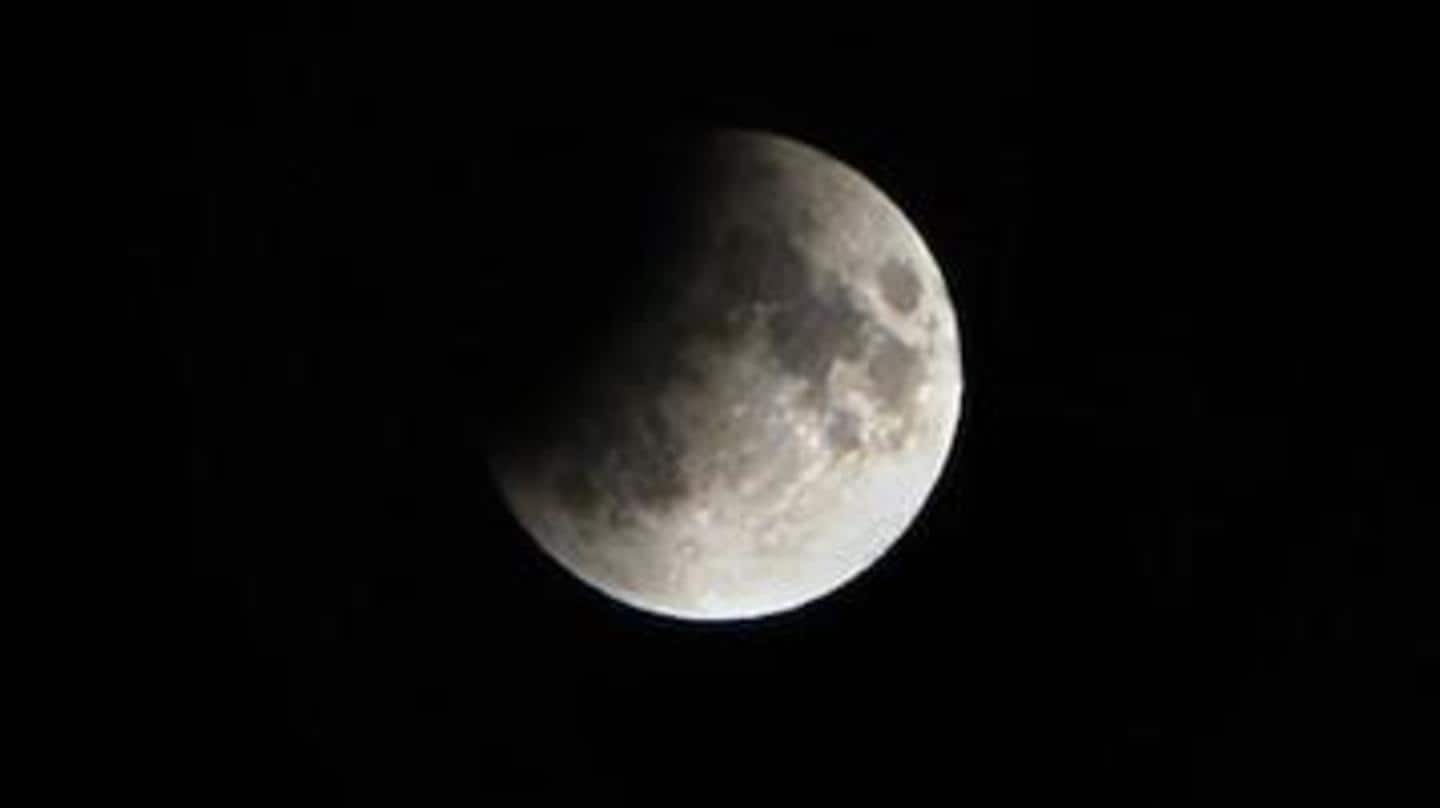
Lunar eclipse on November 30: All you need to know
What's the story
The fourth and final lunar eclipse of this year will occur on November 30. The upcoming lunar eclipse will be a penumbral one when the Moon will turn a shade darker for a few hours. The first three lunar eclipses of 2020 took place on January 10, June 5, and July 5. Here are more details on this.
Details
What is a lunar eclipse?
A lunar eclipse is a celestial event that takes place as the Earth comes between the Sun and the Moon. There are three types of lunar eclipse - total lunar eclipse, partial lunar eclipse and penumbral lunar eclipse. Under the penumbral lunar eclipse, the Earth partially blocks the light of the Sun to reach directly to the Moon.
Facts
Some facts about the lunar eclipse on Monday
The lunar eclipse on Monday, November 30 will coincide with the auspicious Kartik Purnima. The lunar eclipse will be visible in many parts of Europe, Asia, Australia, North America and South America, provided the weather is clear. However, it would not be completely visible in India as the Moon will be below the horizon. All the lunar eclipses in 2020 have been penumbral ones.
Schedule
When and where to watch it?
The total duration of the upcoming lunar eclipse is 4 hours and 21 minutes. It is expected to begin around 1:02 pm IST (Indian Standard Time) and will be at its peak at 3:12 pm. It will end at 5:22 pm. The eclipse will be partially visible from some states, such as Uttar Pradesh, Uttarakhand, West Bengal, Bihar and Assam.
Information
Next lunar eclipse will occur in May 2021
Lunar eclipse has been associated with a number of myths among various communities around the world. However, scientists have dispelled all such myths, stating that there is no reason to be scared or stall activities during eclipses. The last celestial event of 2020 will be the solar eclipse on December 14. Further, the next lunar eclipse will occur on May 26, 2021.